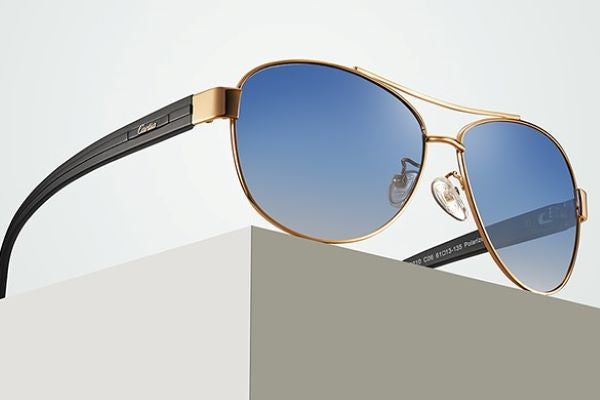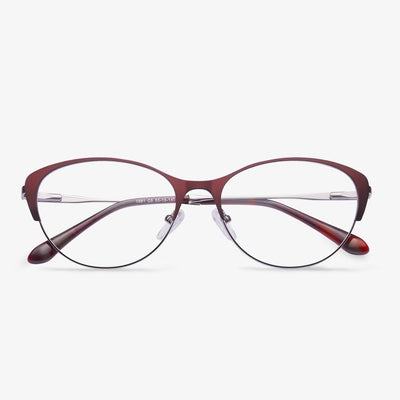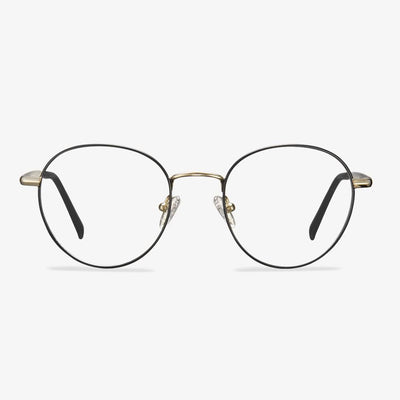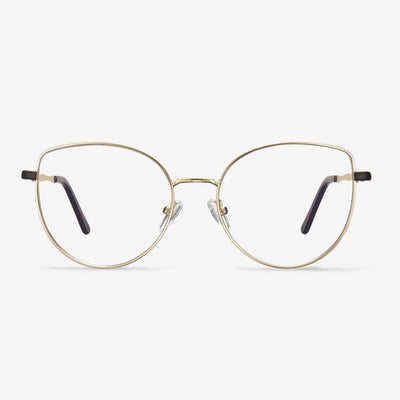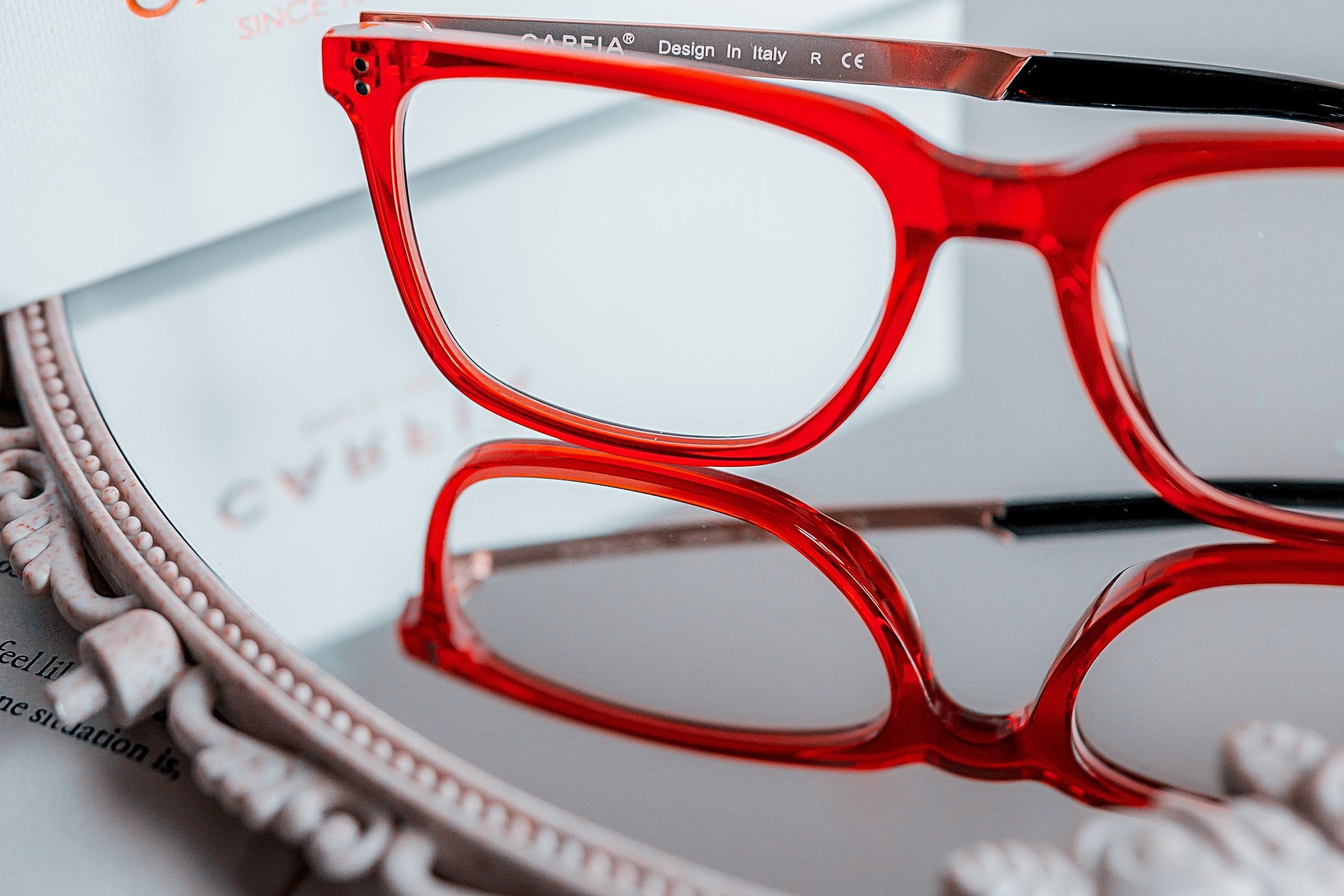The development of glasses
In 1451, Nicholas of Cusa of Germany invented a lens that was thinner in the middle and thicker at the end to help short-sighted people. In 1727, Edward Scarlett, an English optician, invented modern frames that could be worn over ears and noses. Benjamin Franklin, an American scientist, and philosopher invented bifocals, which divide the lenses into far and near parts. The two lenses are held together by a metal frame. Frame construction has improved over the centuries, and today frames have come in different kinds of styles and designs. Unbreakable lenses were invented in 1955, and in 1971 a new type of lens combining plastic and glass properties was invented.
The advantages of contact lenses
Contact lenses are worn directly over the eye. Contact lenses are tightly attached to the surface of the eye and can always follow the eye, so you can maintain the same open field of vision like a normal person. You can participate in sports and outdoor activities without worrying about your glasses falling off or breaking. You can even use colored contact lenses to change the color of your eyes. Some girls, in particular, can make their eyes look bigger and more beautiful with the help of various color contacts.
How do you clean an eyeglass case?
Sprinkle a little water on the glasses case first, to soften the dirt and dust on it. Brush gently with a soft brush to avoid damaging the glasses case. The inside of the case needs to be cleaned with a brush. Use a rag to wipe the surface of the glasses case for moisture and dirt. Wash it several times with a wet cloth. Use paper towels to dry the surface and interior. And then dry in the sun.
What is the bifocal lens?
Bifocal reading glasses are characterized by distance vision correction in the upper part of the lens and near vision correction at the bottom. If you need help with both, that's great. This lens is designed to facilitate the working of reading glasses and standard prescription glasses, all in one frame. Glasses are recommended when you are diagnosed with presbyopia, and bifocals are usually the first choice. But for intermediate vision, bifocals are difficult because they're not close enough for the reading part of the lens, and they're not far enough away for the distance part of the lens. Bifocal sunglasses have no magnification at the top, and the reading ability is at the bottom of the lens. Bifocal reading glasses can be found anywhere reading glasses are sold, but they can be harder to find than full magnifying lenses.
Choose the frame according to the skin color
Generally, people with lighter skin tones are best to choose lighter-colored frames. For darker-skinned people, choose frames with darker colors. For example, people with white skin can choose the frame of soft pink, tortoise color, or golden silver, while people with darker skin color can choose red, black, or tortoise color.
The discoloration principle of photochromic lenses
The fine grains of silver halide and copper oxide were melted into the glass melt of the lens blank material to produce the lens. When the lens is in the ultraviolet environment, the silver halide molecules will undergo a chemical reaction due to the ultraviolet radiation and decompose into silver ion particles and halogens. Because the silver particles are dark and absorb visible light, the lens gets darker. When the ultraviolet light is weakened or isolated, silver ions and halogens are recombined under the action of catalyst copper oxide to form silver halide, so the color of the lens gradually becomes lighter and transparent again. The discoloration mechanism of the resin lens is similar to that of the glass lens.
How To Choose Better Night Driving Glasses?
Choose and buy glasses to use a special night with anti - strong night driving lens. The demand is to block 80-90% of the strong lights and harmful lights, and at the same time to make the road more clearly. Choose glasses with thicker lenses, they are more durable and protect the eyes of drivers against irritation and accidental breakage. As common sunglasses and color-changing glasses are only suitable for daytime wear, wearing them at night will seriously affect the driver's vision.
Common light yellow night driving glasses can only block a small amount of light, and is not very suitable for night driving glasses standards. Therefore, in the choice of lenses of night driving glasses, we must do the selection and demonstration of the national authority of the formal institutions to test products, to achieve the desired effect in actual use. Don't buy products that are not up to standards from vendors. Such products not only do not block the lights but may affect the driver to see the road ahead, affecting the safety of the train operation.
















